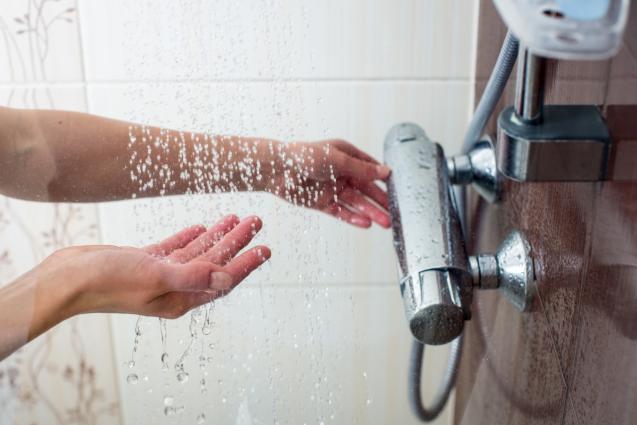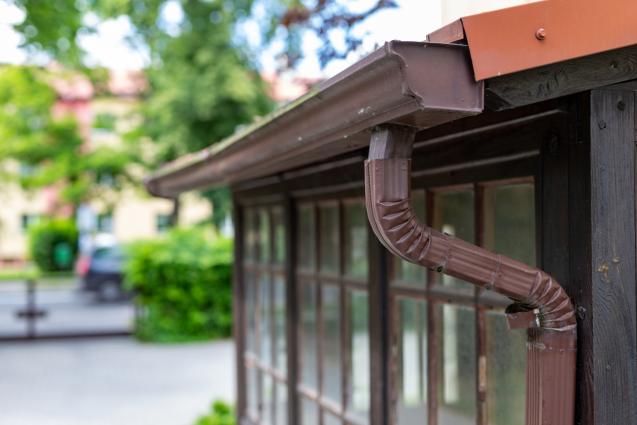
5 Common Causes of Roof Plumbing Issues and Their Prevention
Poor Installation Practices
Improper installation is a common culprit of roof plumbing issues, laying the groundwork for long-term complications. Mistakes such as incorrect alignment of gutters, improper sealing, and insufficient support can all contribute to future problems. These errors often stem from hiring unqualified individuals who lack the necessary expertise.
To avoid these pitfalls, it's essential to hire professional and certified roof plumbers. Look for experts with positive reviews and valid certifications. During a plumbing inspection, key indicators of poor installation include misaligned components, visible gaps, and signs of amateur work. Ensuring that the installation is done correctly will save homeowners from a myriad of issues down the line.
Blocked Gutters and Downpipes
Debris, such as leaves, twigs, and even bird nests can clog gutters and downpipes, severely affecting roof drainage systems. When gutters are blocked, water can't flow properly, leading to overflow. This overflow can cause water to seep into the roof fabric, resulting in damage and leaks. Stagnant water in the gutters can also become a breeding ground for mould and mildew, further compromising the roof's condition.
Regular maintenance is paramount in keeping gutters clean and functional. Aim to clean gutters at least twice a year, particularly during autumn when leaf fall is most prevalent. Installing gutter guards can also reduce the amount of debris that gets into the gutters, making the maintenance process less cumbersome.
Weather-Related Damage
Extreme weather conditions pose a significant risk to roof plumbing systems. Heavy rains can overwhelm drainage systems, while hail can dent and damage roofing materials. Snow and ice accumulation can lead to what's known as ice damming, where melted water refreezes at the roof's edge, blocking subsequent runoff and causing water to seep under the shingles.
Temperature fluctuations further exacerbate these issues, as frequent freezing and thawing can make roofing materials brittle and prone to cracking. Regular roof inspections, especially following severe weather events, can help identify and address damage early.
To mitigate weather-related damage, consider installing durable roofing materials designed to withstand extreme conditions. Weatherproofing measures, such as applying sealants and installing ice and water shields, add an extra layer of protection.
Wear and Tear Over Time
No roof lasts forever. With age, various components of the roof plumbing system, such as seals and flashings, begin to deteriorate. Common indicators of roof problems include rust, cracks, and visible wear. Materials like zinc and lead, often used in flashings, have a finite lifespan and will require replacement as they degrade.
The typical lifespan of roof plumbing materials varies, with metal components lasting around 20-50 years, depending on the material and environmental conditions. Regular maintenance can extend the life of roof plumbing systems. Periodic inspections allow homeowners to identify worn-out components and replace them before they fail completely, avoiding severe damage.
Poor Roof Design
An improperly designed roof can be a nightmare for plumbing and drainage. Issues such as an inadequate slope can cause water to pool instead of draining off efficiently. Similarly, using inappropriate roofing materials for a specific design or climate can lead to water retention and leaks.
Ventilation plays a critical role in preventing moisture build-up within the roof structure. Without adequate ventilation, trapped moisture can lead to mould and rot, weakening the roof's integrity. It's advisable to consult with an expert during the roof design phase to ensure that the roof's plumbing setup is optimal and suited to the local climate.
When planning or renovating a roof, consider aspects like slope, material suitability, and ventilation. This proactive approach during design and construction stages can save homeowners from facing major plumbing issues later on.
Conclusion
Addressing the causes of roof plumbing issues is crucial for maintaining a home's structural integrity and avoiding costly repairs. Regular inspections and maintenance are key, as they help identify and rectify minor problems before they escalate. Seeking professional advice and services ensures that installations and repairs are conducted correctly, further safeguarding the roof’s efficiency and durability.
Homeowners are encouraged to take proactive measures in maintaining their roof plumbing systems. This not only saves money in the long run but also spares them the trouble and stress associated with significant roof repairs. By following the guidelines outlined in this article, individuals can enjoy a well-maintained, problem-free roof for years to come.



